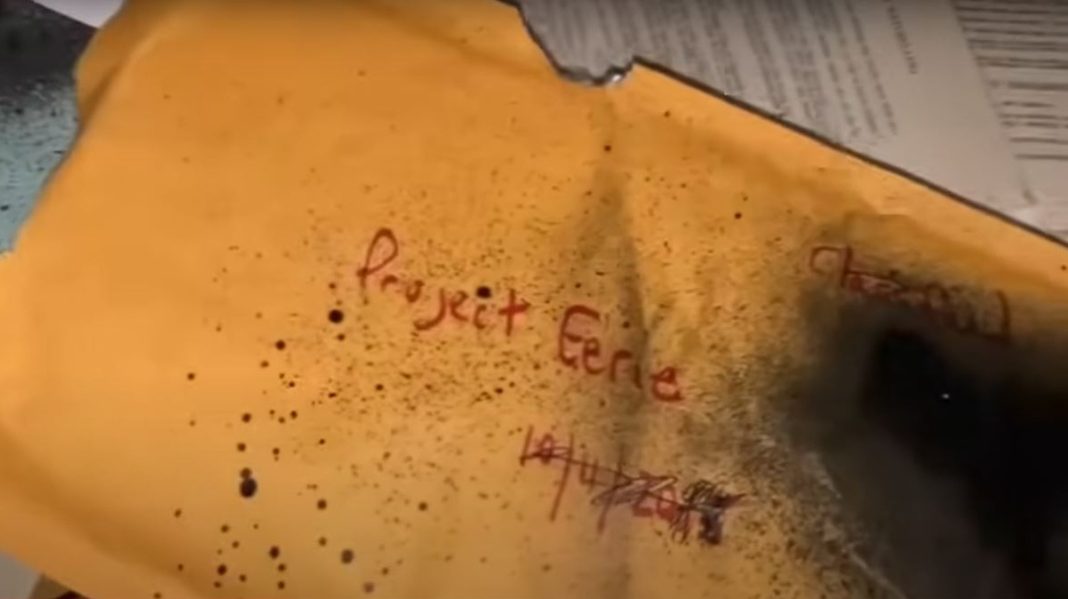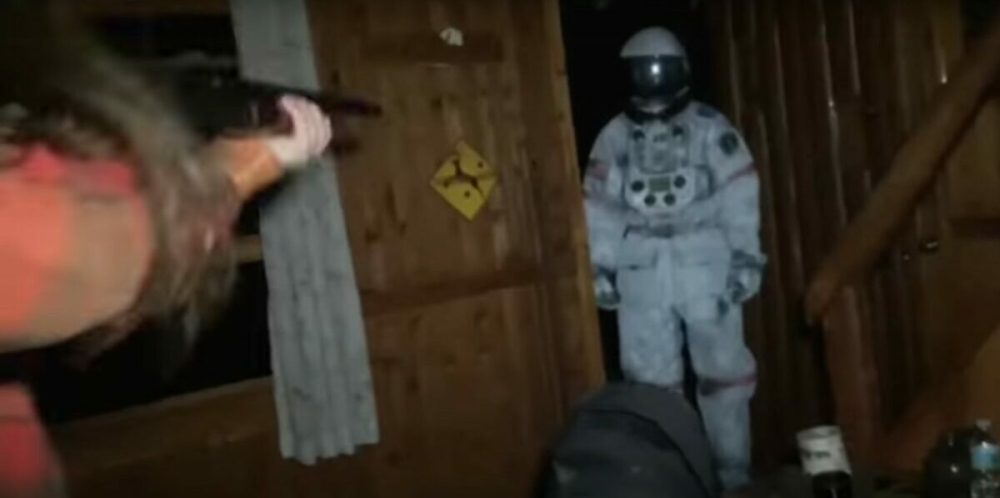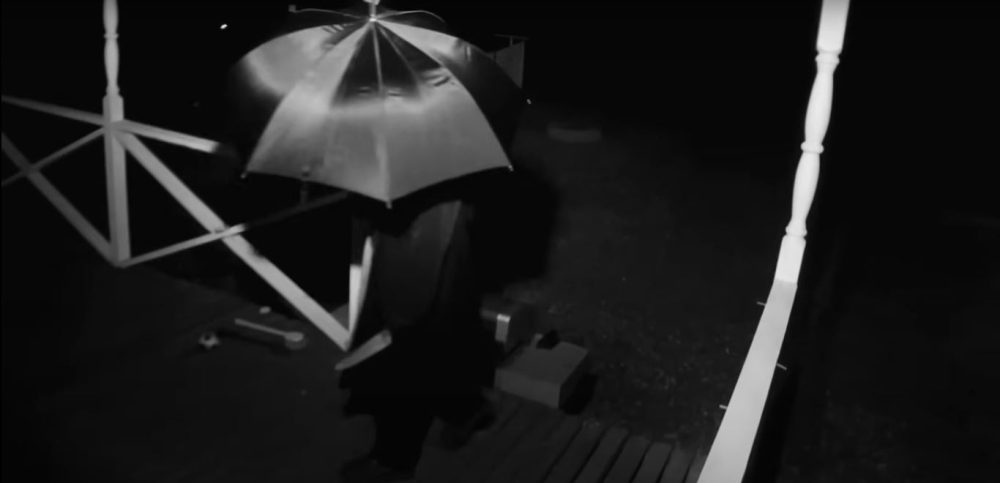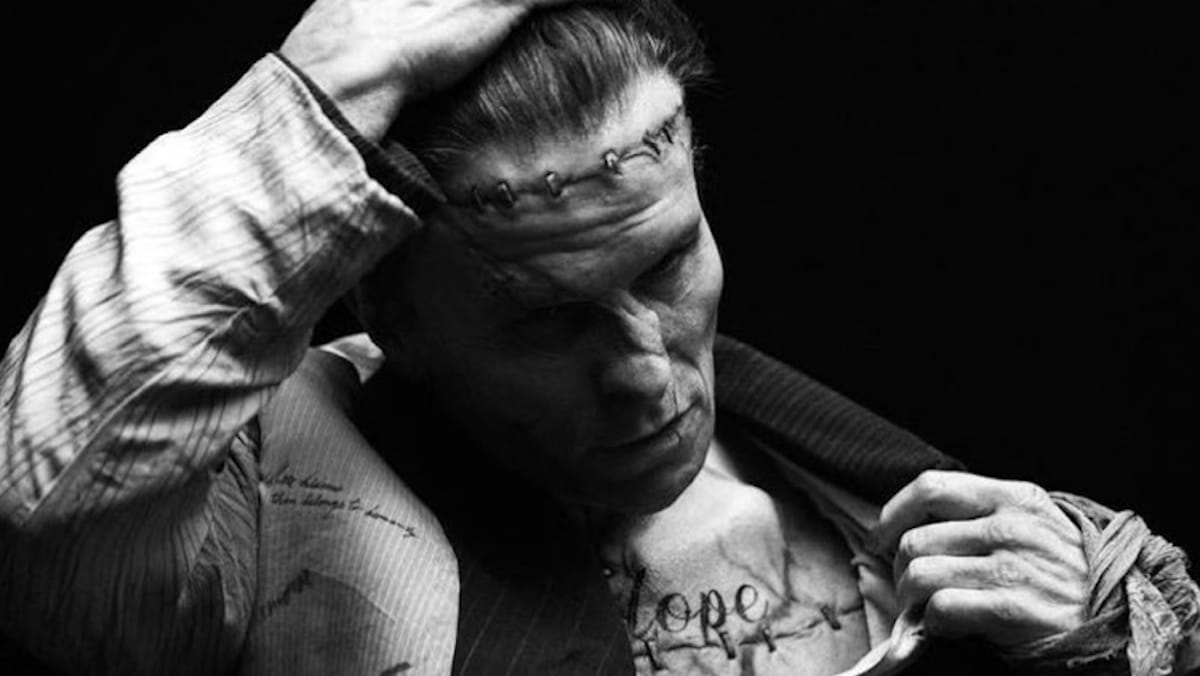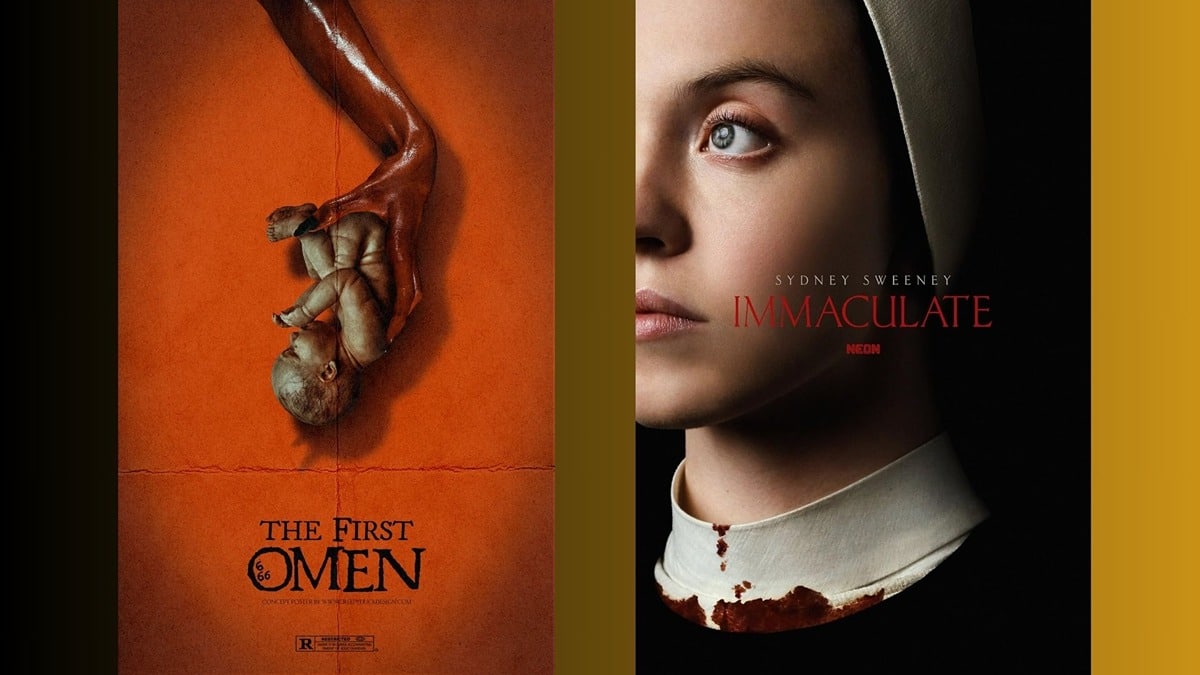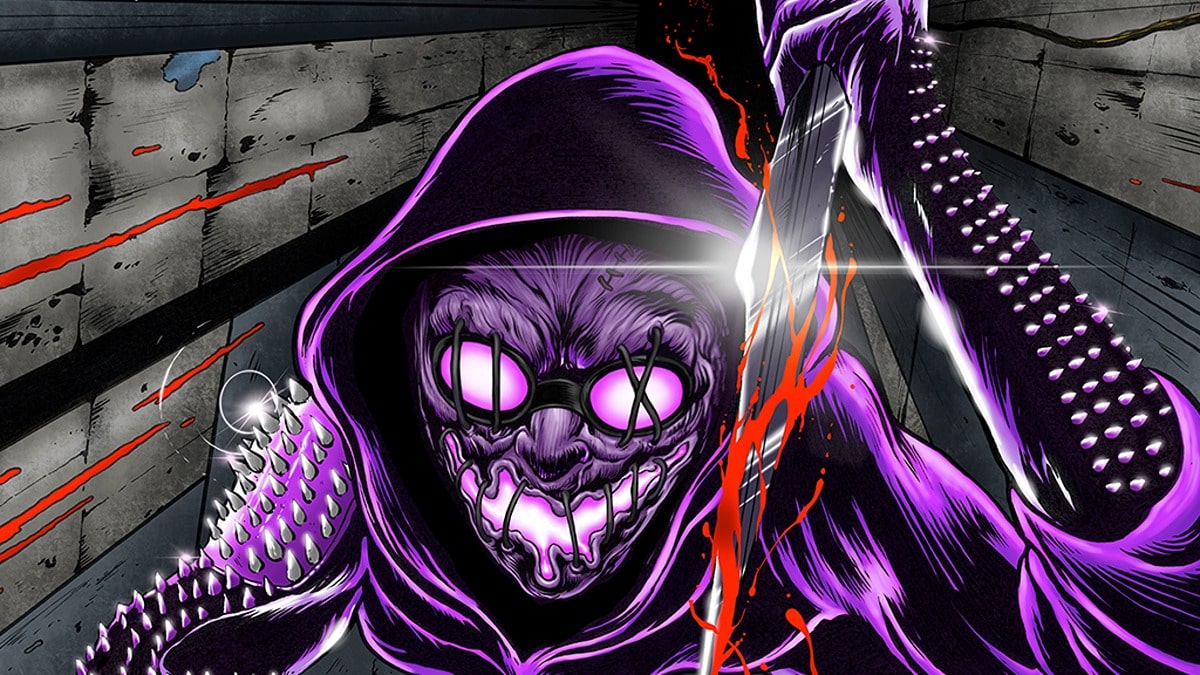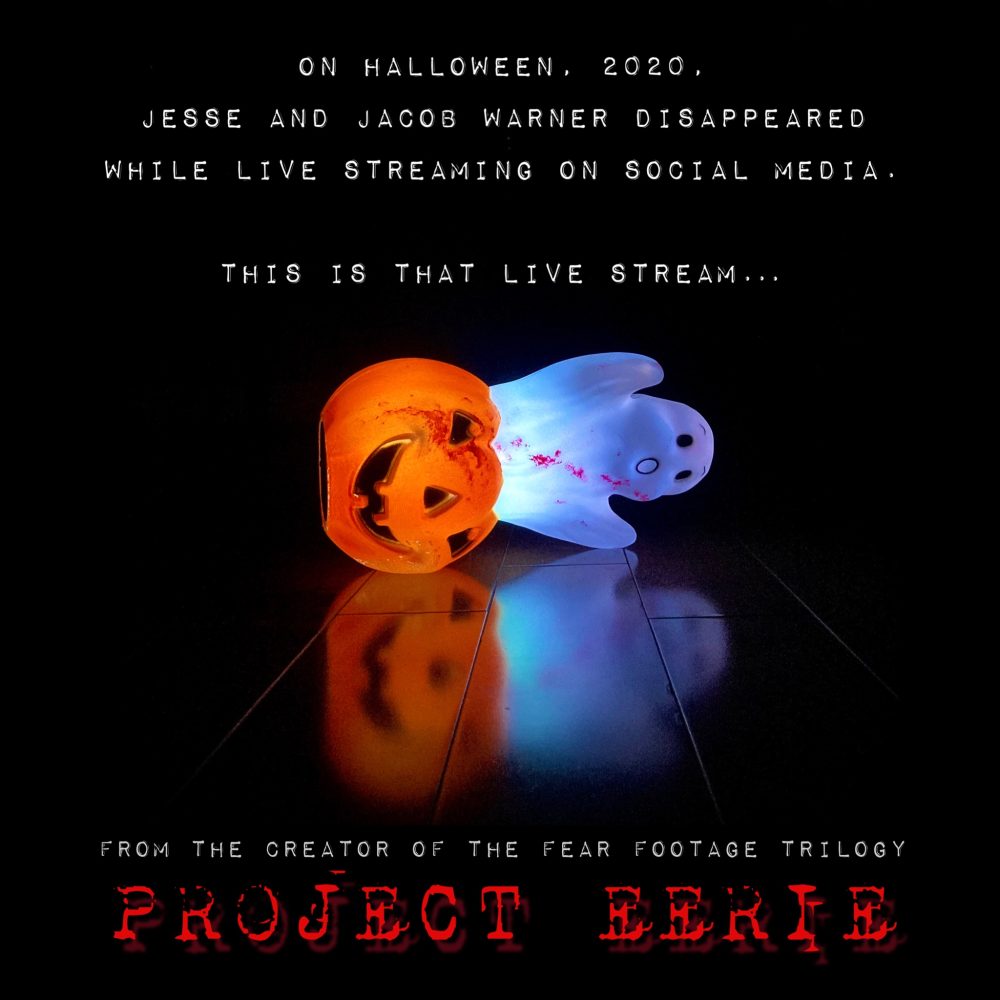
Ricky Umberger’s Project Eerie follows this example well, and shows it learned a lot from what came before it for a found footage horror anthology that values story, lore, and execution over the bells and whistles that bigger budgets offer the luxury of.
It’s Halloween in the year 2020 and the Covid pandemic has cancelled trick r’ treating. Two bored teenagers decide to livestream a night of mischief which leads them to an abandoned facility where they stumble upon secret files belonging to something called Project Eerie. They find a CD, go back to their place to explore its contents, and then decide to watch the videos contained in it while livestreaming the whole thing. Three separate vignettes tied to an overarching story play out, offering strong hints as to the things that were being studied in that abandoned facility.
The allure of every horror anthology is its capacity to take you completely by surprise with stories you know nothing of beforehand. Project Eerie pulls this off by making the kids’ early discovery open up a compelling mystery surrounding the existence of the videos. The three stories contained follow a man and his daughter going on a camping trip to a deserted park with a creepy park ranger hovering over them, two friends on a manhunt for an individual with a bounty on his head after he allegedly killed his family under strange circumstances, and a pair of paranormal investigators shooting an episode of their show in Amish country.
Umberger sticks to a solid and reliable structure that allows each story to carry a palpable sense of buildup. They all start in the daytime, where characters get the chance to prepare for their activities while also presenting a bit of themselves to the audience. As night takes over, a good sense of character and place has already been established so that the dark can go on to reveal the things hiding in it.
Running for a lean 76 minutes, Project Eerie never outstays its welcome and is generous with its terrors. There’s a surprising amount of practical effects on display, with some outstanding creature designs to boot. It’s all rather economical, but it works. Blood, gore, and prosthetics are all used with intention and are measured accordingly. Nothing ever came across as red-tinted corn syrup and cheap Halloween masks. Umberger’s deft camerawork puts the focus on these effects just enough to both sell us on the story and to show vision and creativity go a long way in producing micro-budget horror.
While each story succeeds on their own merits, the first story – the father/daughter camping trip – is certainly the most accomplished one. There’s a lot of story sprinkled throughout it, with visual cues that invite interpretation on the things that are left vague enough for it. The park ranger is terrifying enough to warrant a full-length feature just to see more of him and his odd manner of speaking. It’s smart and eerie, living up to the movie’s title.
Project Eerie wins you over with cleverness, creativity, and pure weirdness. Should it lead to more entries further on (like V/H/S before it), it already has a solid foundation to sustain it. It’s movies like these that can inspire people not only to seek out more horror, but also to make horror.


